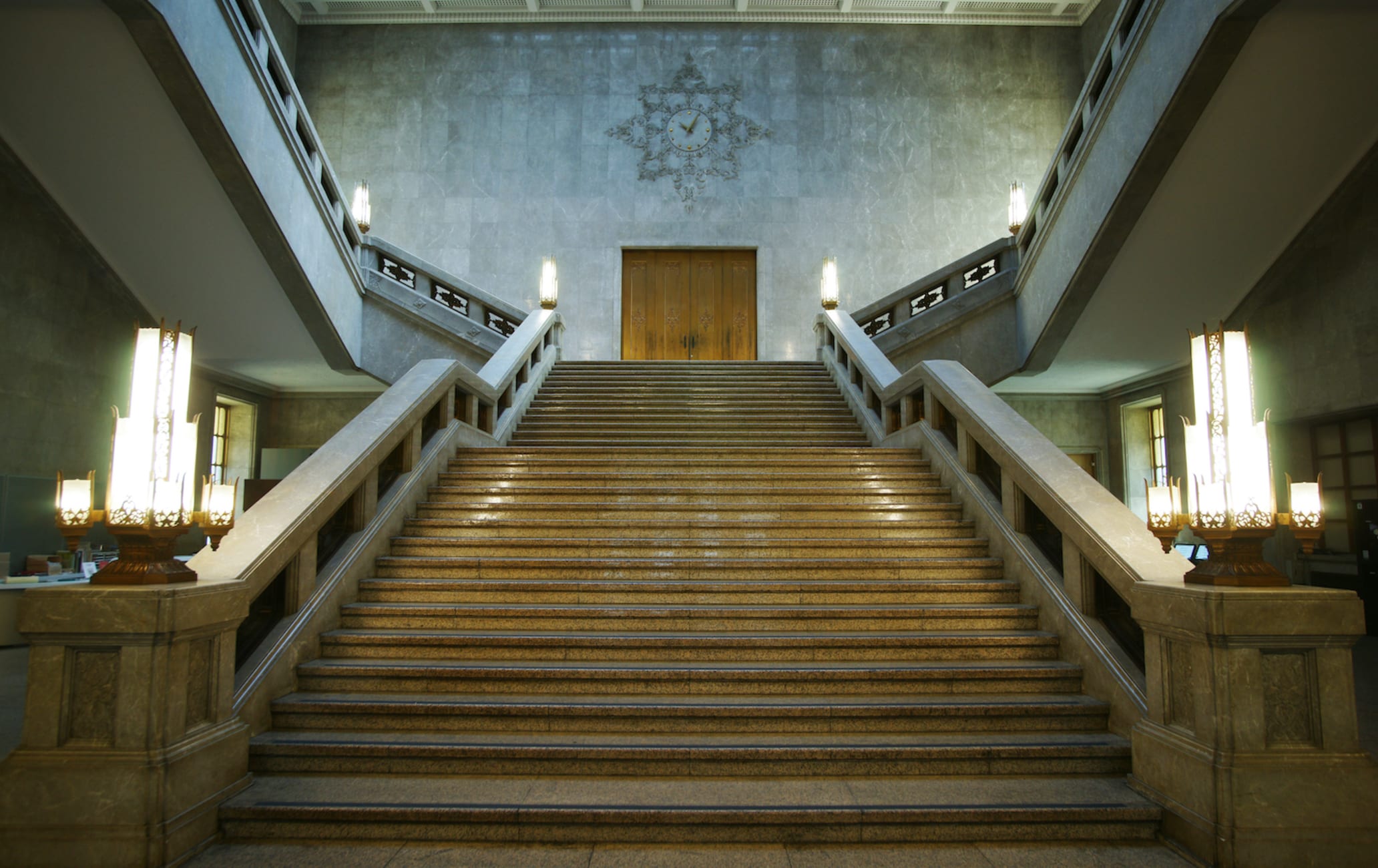The Tokyo National Museum
The Tokyo National Museum is an extraordinary museum that records the history and cultural traditions of Japan. It is the oldest museum in Japan, showcasing not only Japanese culture and history but also a comprehensive and unique collection of precious artworks and artifacts, not limited to Japan but also including other Asian countries.
Transportation
The Tokyo National Museum is located within Ueno Park and can be directly accessed from Ueno Station. Ueno Station is on the JR Yamanote Line, just four stops away from Tokyo Station. Ueno Station is also a subway station on the Tokyo Metro Hibiya Line and Ginza Line.
Comprehensive Collection of Japanese Art Treasures
Opened in 1872, this museum is not only Japans oldest museum but also houses over 120,000 precious artifacts, with 89 designated as national treasures and an additional 648 (including the main building itself) designated as important cultural properties of Japan.
Approximately 3,000 items are displayed at random, and to see the majority of the collection, one would need to visit at least 20 times. Due to the exceptionally diverse range of artifacts, regardless of your level of knowledge about Japan, you can appreciate extraordinary items beyond your expectations here.
Samurai Culture Exhibition
Many exhibition areas in the museum showcase artifacts related to samurai culture, particularly focusing on samurai swords and armor. The collection includes exquisite tools and artifacts used by ordinary samurai, and the exhibitions also detail the differences between the tools and artifacts used by the elite and ruling classes.
The Creativity of Artisans
Other areas of the museum are dedicated to showcasing artisan culture, particularly during the Edo period (1603-1867), a relatively peaceful era when traditional craftsmanship flourished. The museum houses exquisite sculptures, metalwork, pottery, Japanese lacquerware, textiles, and other artifacts from this time.
In the Noh and Kabuki theater, tea ceremony, and Buddhist cultural areas, visitors can gain an understanding of the significant contributions of artisan culture and craftsmen to Japanese history, commerce, and culture.
Strolling through the vast grounds of the museum
In addition to the grand main building, the museum features six distinct exhibition halls, each with its own unique characteristics, and the spaces are large enough to function as independent museums. If you dont have time to visit each exhibition hall individually, you can also take some time to walk around and admire these buildings from the outside.
The Japanese garden at the rear of the main building is also open to the public and contains five traditional tea houses.





